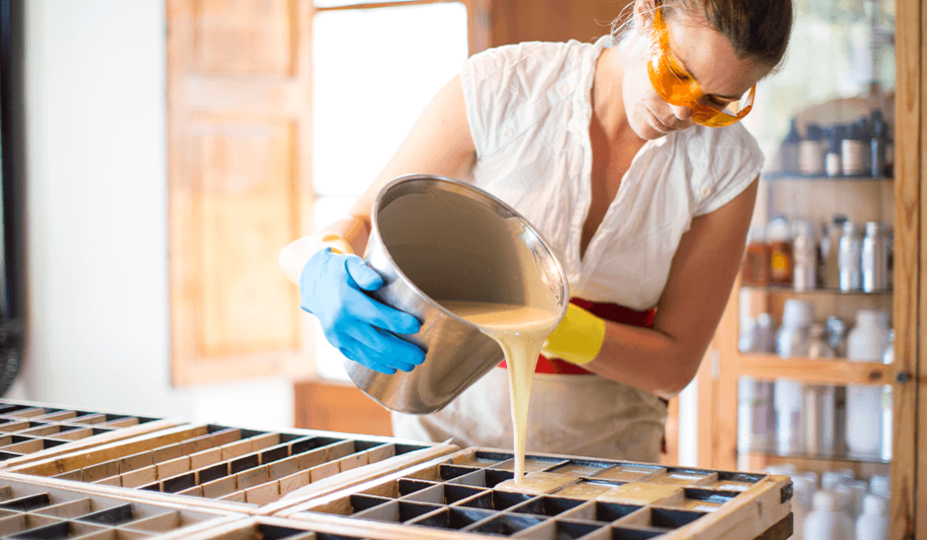Finding the Right Soap Making Supplies for Your Next Project
Soap making supplies facilitate the production of handcrafted bar or liquid soap. You can use additives such as fragrances, essential oils, and colorants to tailor the product’s scent and appearance. Finding the right soap making supplies for your next project involves the following:
Soap Bases
Some soap bases come as ready-made blocks, so there is no need to handle lye directly. These melt-and-pour bases help determine the bar’s texture, lather, and appearance. There are several different types, including clear and white glycerin. Some options also incorporate skin-friendly additives such as aloe vera, shea butter, oatmeal, goat milk, or honey. These soap bases are generally easy to use; this makes them ideal for beginners.
If you plan to make liquid soap, specialized liquid soap bases are available that are formulated to dissolve in water, producing a smooth, cleansing solution. These bases often come in refined, concentrated forms that can be diluted with distilled water and combined with essential oils, herbal extracts, or moisturizing agents. Choosing the right base, whether solid or liquid, depends on your project’s goal and desired texture. The type of skin benefits you want to provide in your finished soap also plays a role.
Soap Molds
Molds are containers used to shape melted soap into solid bars. These soap making supplies help stabilize the product while it sets, and they determine its shape, size, and design. Silicone molds are flexible, making it easy to remove the bars, while plastic molds help achieve sharper details. Cavity molds are ideal for creating individual bars, whereas loaf or slab molds produce larger blocks that can be sliced into multiple bars.
Fragrance Oils
Fragrance oils are added to soap during the manufacturing process to give it a pleasant aroma. A variety of scents are available, including vanilla, lavender, and citrus. Fragrance oils can be used in both cold process and hot process soap making. Cold process soap is made at room temperature, allowing the soap to cure slowly for a smooth texture, while hot process soap uses heat to accelerate saponification, resulting in a more rustic texture. The type of process you plan to follow influences how and when you add fragrance oils, as some scents may fade or change slightly when exposed to heat.
Soap Colorants
Colorants give soap its hue and are available as soap color blocks or mica powders. Mica colors, made from natural minerals, create a sparkling effect that produces glimmers, swirls, or patterns. Mica works well in clear or light-colored soap bases, where the colors appear most vibrant. You can use color blocks in melt-and-pour soaps to create uniform layers, making them ideal for simple soap batches.
See also: Typical Commission Rates Charged by Business Brokers to Sell a Business
Packaging and Labels
When making soap, the packaging you choose can protect the product and promote your brand. Packaging options include bags, boxes, or wraps that hold and preserve the soap. Labels such as stickers or tags can display your logo or the soap’s name. Packaging and labels provide several benefits:
- Keep soap fresh and protect it from damage
- Give the soap a professional appearance
- Display brand information clearly
Learn More About Soap Making Supplies
When sourcing your supplies, choose soap ingredients that align with your personal goals or your brand’s aesthetic. Dried botanicals, such as flower petals and herbs, can add natural fragrance and texture to your soap. Seeds help add a gentle scrubbing or exfoliating effect. For high-quality materials and guidance, contact a reputable apothecary shop to learn more about their soap making supplies.






